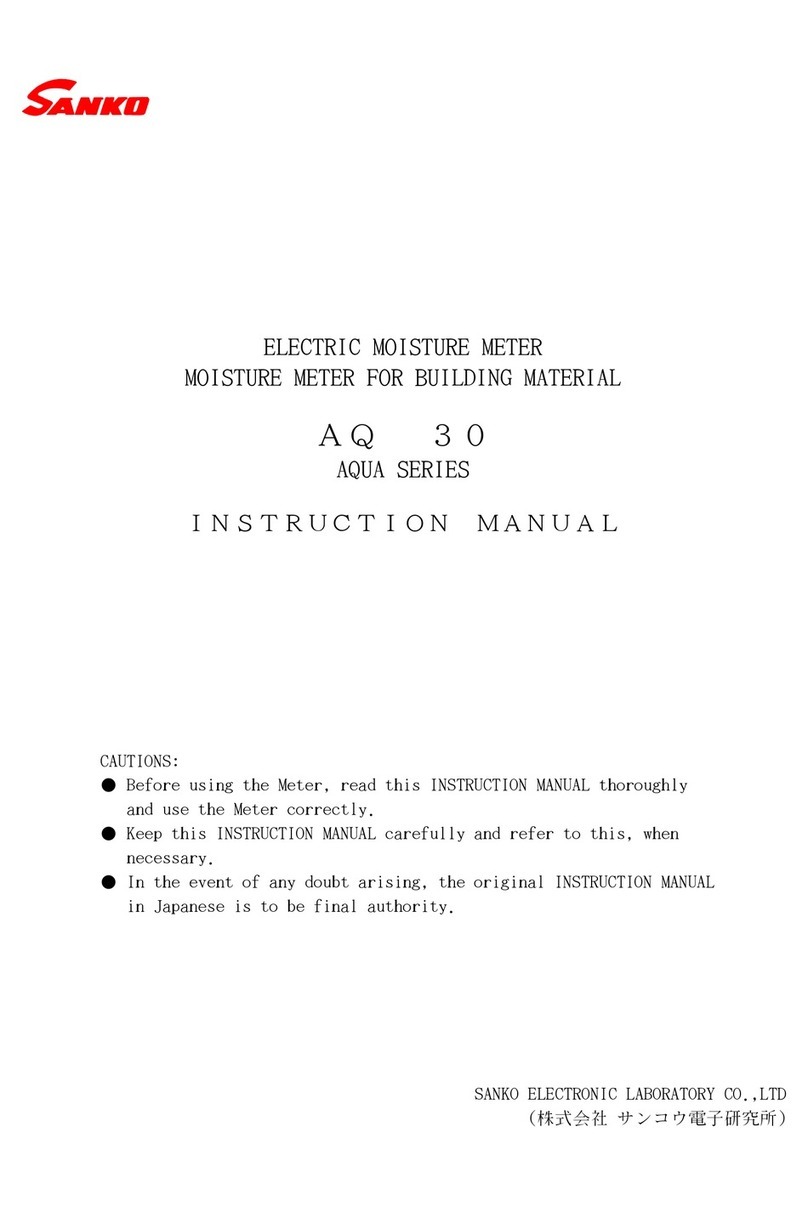SANKO MR-300 User manual
Other SANKO Measuring Instrument manuals
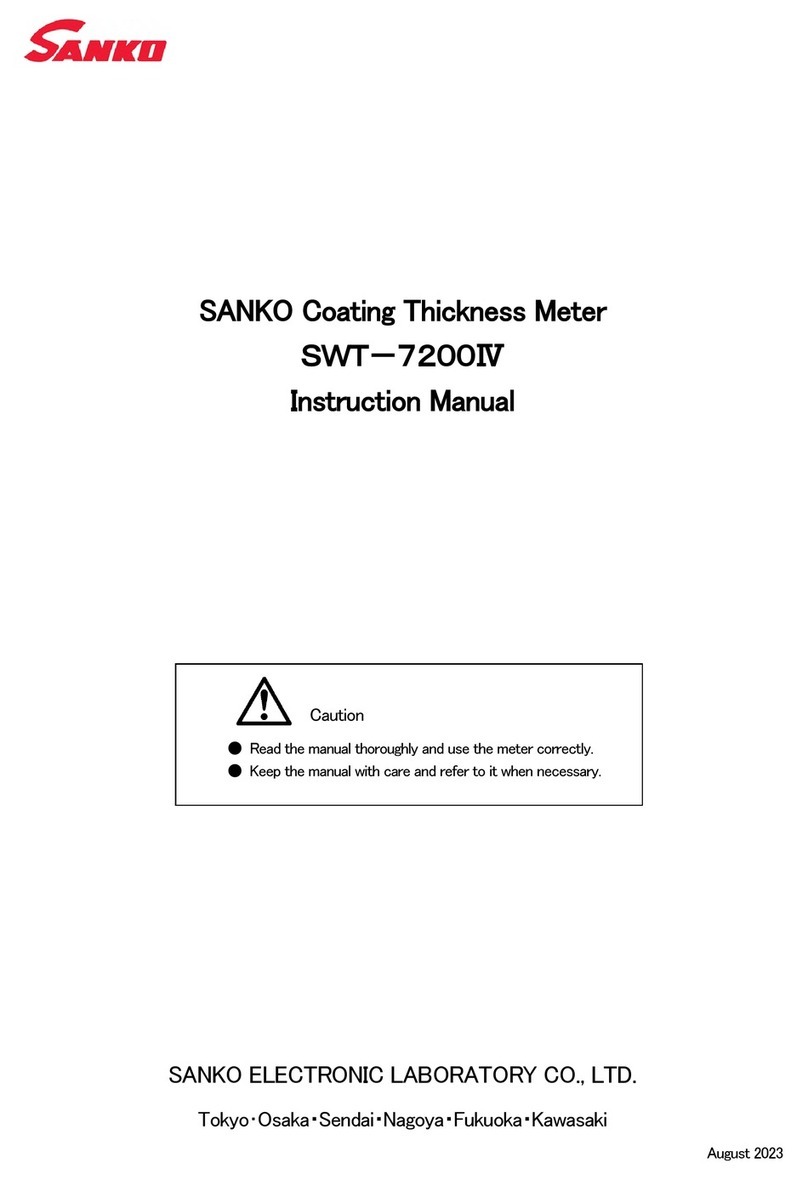
SANKO
SANKO SWT-7200IV User manual
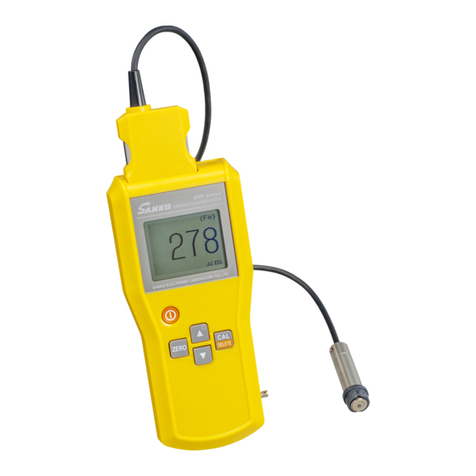
SANKO
SANKO SWT-7000 III User manual
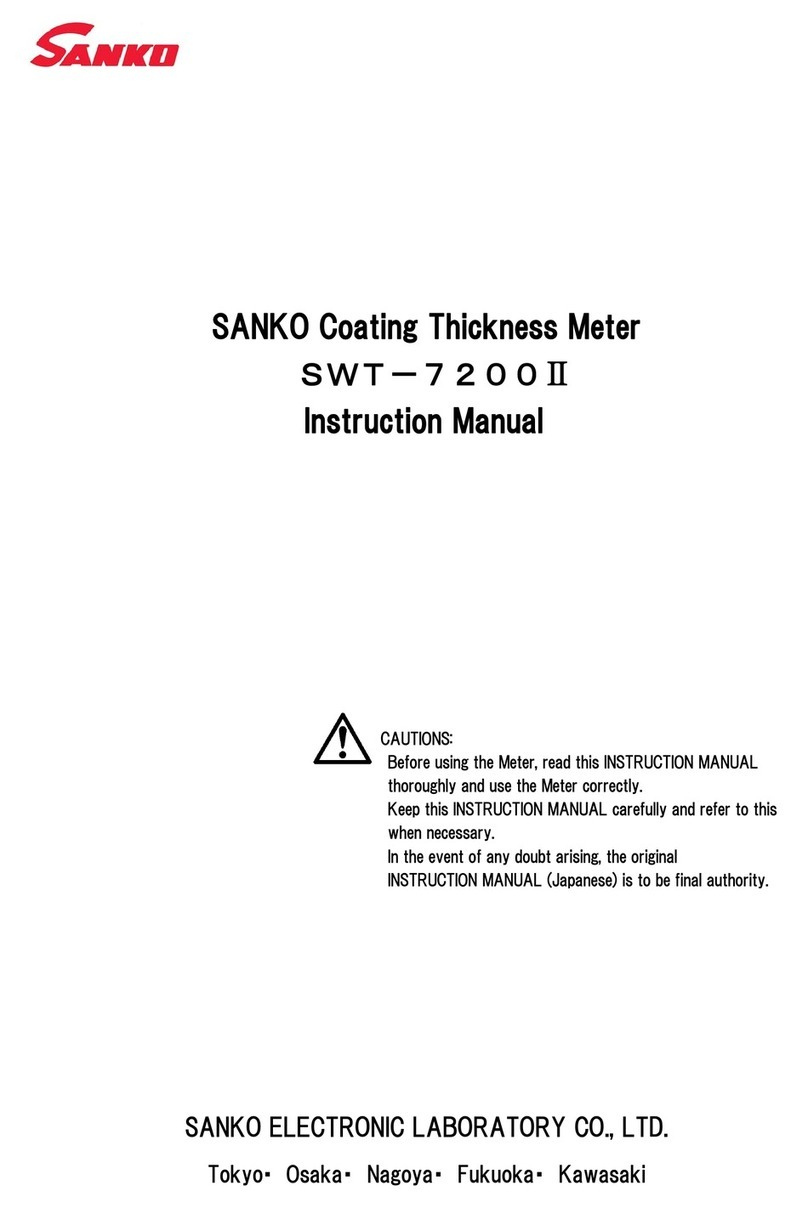
SANKO
SANKO SWT-7200 II User manual

SANKO
SANKO SM-1100 User manual

SANKO
SANKO PM-101 User manual

SANKO
SANKO SWT-7000 III User manual
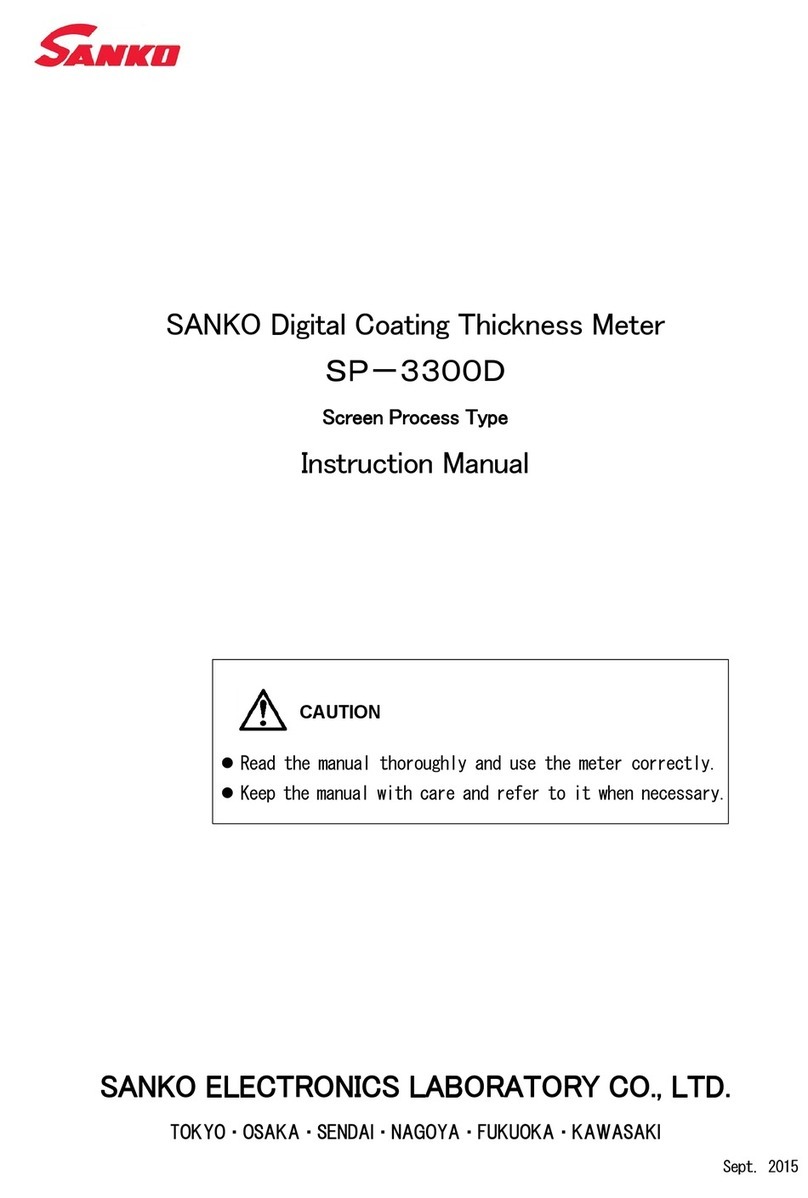
SANKO
SANKO SP-3300D User manual

SANKO
SANKO EDY-5000 User manual

SANKO
SANKO MR-200 II User manual

SANKO
SANKO SAMAC-F User manual
Popular Measuring Instrument manuals by other brands

Powerfix Profi
Powerfix Profi 278296 Operation and safety notes

Test Equipment Depot
Test Equipment Depot GVT-427B user manual

Fieldpiece
Fieldpiece ACH Operator's manual

FLYSURFER
FLYSURFER VIRON3 user manual

GMW
GMW TG uni 1 operating manual

Downeaster
Downeaster Wind & Weather Medallion Series instruction manual

Hanna Instruments
Hanna Instruments HI96725C instruction manual

Nokeval
Nokeval KMR260 quick guide

HOKUYO AUTOMATIC
HOKUYO AUTOMATIC UBG-05LN instruction manual

Fluke
Fluke 96000 Series Operator's manual

Test Products International
Test Products International SP565 user manual

General Sleep
General Sleep Zmachine Insight+ DT-200 Service manual
